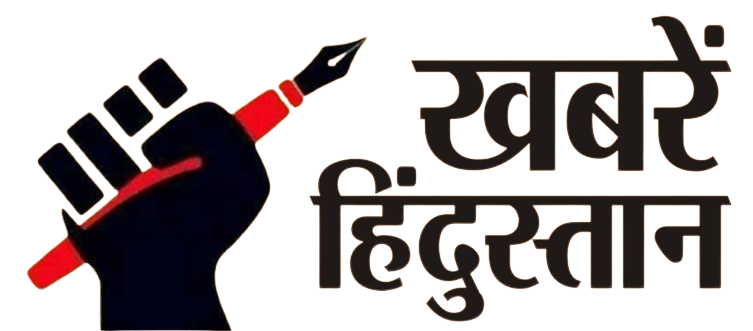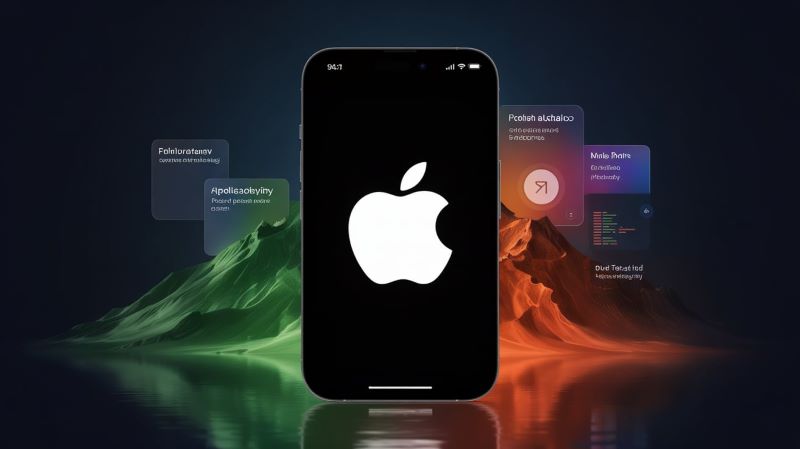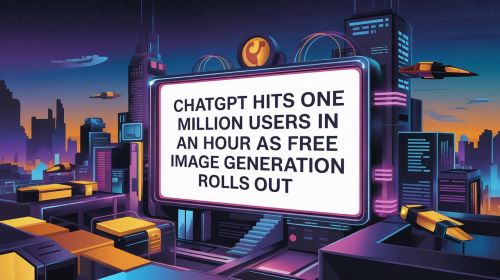Government’s Stake in Vodafone Idea Rises to 49%
The Indian government is set to become the largest shareholder in Vodafone Idea (Vi), holding nearly 49% of the company’s equity.
This development follows the Centre’s decision to convert an additional ₹36,950 crore of the telecom giant’s dues into equity. Prior to this conversion, the government already owned nearly 23% of Vi.
The move marks yet another lifeline for the financially struggling telecom operator, which has been grappling with debt and stiff competition from rivals like Reliance Jio and Bharti Airtel.
However, the big question remains—will this ownership stake help Vodafone Idea regain stability and compete effectively in the Indian telecom market?
Key Highlights of the Government’s Equity Infusion

- ₹36,950 crore worth of dues converted into equity
- Government stake rises from 23% to nearly 49%
- Vodafone Idea to issue 3,695 crore shares at ₹10 face value per share
- Government to acquire shares at a 47% premium over market price
- Promoters to retain operational control
Understanding the Government’s Strategy
Why Did the Government Convert Debt to Equity?
The Indian government’s decision to convert dues into equity stems from its aim to prevent the collapse of Vodafone Idea, which has been struggling under a massive debt burden exceeding ₹2.1 lakh crore. If the company were to fail, it could lead to:
- Reduced competition in the telecom sector, giving Jio and Airtel more market dominance.
- Loss of millions of subscribers who rely on Vi’s services.
- Significant economic repercussions, including job losses and a negative impact on the banking sector.
Government’s Role as the Largest Shareholder
With a 49% stake, the Indian government has become the largest shareholder in Vodafone Idea, surpassing the promoter groups—Vodafone Group Plc and Aditya Birla Group.
Despite this, Vi has clarified that the promoters will retain operational control, meaning the day-to-day management will remain in private hands.
This is similar to the government’s stake in banks like IDBI Bank, where it has a significant holding but does not interfere in management decisions.
Impact on Vodafone Idea’s Future
Will This Infusion Solve Vi’s Financial Woes?
While the government’s equity infusion reduces some of Vi’s debt, the company still faces serious financial challenges:
- High debt burden of ₹2.1 lakh crore
- Lagging 5G rollout compared to Jio and Airtel
- Weak revenue growth and low average revenue per user (ARPU)
- Market perception and investor confidence issues
Vi needs to raise additional capital, upgrade its network, and expand its 5G infrastructure to remain competitive. Without fresh investments, the government’s stake alone may not be enough to ensure long-term survival.
Vodafone Idea’s Market Standing

How Does Vi Compare with Jio and Airtel?
| Company | Subscriber Base (approx.) | 5G Rollout | Financial Health |
|---|---|---|---|
| Reliance Jio | 460+ million | Nationwide 5G | Strong, debt-supported by RIL |
| Bharti Airtel | 370+ million | Aggressive 5G expansion | Profitable and expanding |
| Vodafone Idea | 220+ million | Lagging behind | Financially struggling |
Vodafone Idea has been losing subscribers to its competitors, largely due to poor network quality, slow 5G deployment, and lack of aggressive investment.
The company now needs to quickly enhance network infrastructure, improve customer service, and launch competitive pricing strategies to retain and attract users.
Challenges Ahead for Vodafone Idea
Despite the government’s support, Vi must overcome the following challenges to survive in the hyper-competitive telecom sector:
1. Fundraising and Investment
Vi needs at least ₹50,000 crore in additional funding to roll out 5G and strengthen its network. Without fresh capital, its ability to compete with Jio and Airtel will remain limited.
2. 5G Rollout Delay
While Jio and Airtel have been aggressively rolling out 5G services across India, Vodafone Idea lags significantly behind. Its inability to deploy 5G on time has hurt its customer retention and brand image.
3. Subscriber Retention and ARPU Growth
Vi has been losing subscribers every quarter, leading to declining revenues. Its ARPU (average revenue per user) is lower than Jio and Airtel, affecting overall profitability. The company must focus on retaining high-paying customers and launching attractive plans to boost revenue.
4. Debt Management
Even after this ₹36,950 crore debt-to-equity conversion, Vodafone Idea still owes over ₹1.5 lakh crore to lenders, vendors, and the government. The company must restructure its debt and generate consistent cash flow to regain investor confidence.
Will Government Ownership Help Vi Revive?
The Indian government’s increased stake in Vi may provide temporary relief, but the company needs a long-term revival strategy. The government’s involvement might:
- Improve lender confidence, making it easier for Vi to raise fresh funds.
- Stabilize operations in the short term, preventing a sudden collapse.
- Ensure telecom sector competition, preventing a duopoly between Jio and Airtel.
However, without strong financial backing, network expansion, and 5G adoption, Vi’s survival remains uncertain.

Conclusion: What Lies Ahead for Vodafone Idea?
While the government’s 49% stake in Vodafone Idea is a significant development, it is not a guaranteed solution to the company’s problems.
Vi still faces massive debt, weak subscriber retention, and slow 5G rollout, making it difficult to compete with Jio and Airtel.
For Vodafone Idea to revive itself, it must secure additional investments, enhance network services, and build a strong 5G infrastructure.
The next few months will be crucial in determining whether government ownership can truly turn around the fortunes of the struggling telecom giant





